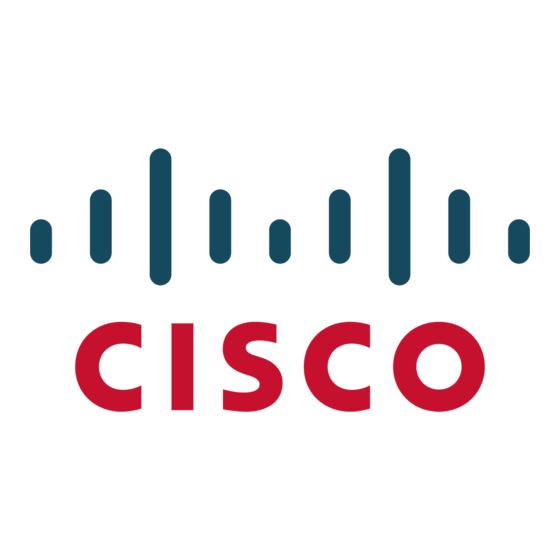What Is the Cisco SIP IP Phone?
Codec and Protocol Support
•
•
•
•
•
•
•
•
•
•
See the
Note
Dialing and Messaging Features
•
•
•
•
•
•
•
•
Cisco SIP IP Phone Administrator Guide Version 3.0
1-6
G.711 (u-law and a-law) and G.729a audio compression.
In-band dual tone multifrequency (DTMF) support for touch-tone dialing.
Out-of-band DTMF signaling for codecs that do not transport the DTMF signaling correctly (for
example, G.729 or G.729a).
Local or remote (using the SIP 183 Ringing message) call progress tone.
Audio/Video Transport (AVT) payload type negotiation.
Current date and time support via Simple Network Time Protocol (SNTP) and time zone and
Daylight Saving Time support.
Call redirection information support via the Diversion header.
Third-party call control via delayed media negotiation. A delayed media negotiation is one where
the Session Description Protocol (SDP) information is not completely advertised in the initial call
setup.
Support for endpoints specified as fully qualified domain names (FQDNs) in the SDP.
Remote reset support (via the Event header in NOTIFY messages).
"Supported Protocols" section on page 1-9
Dial plan support that enables automatic dialing and automatic generation of a secondary dial tone
Local directory configuration (save and recall) and automatic dial completion—Each time a call is
successfully made or received, the number is stored in a local directory that is maintained on the
phone. The maximum number of entries is 32. Entries are aged-out based on their usage and age.
The oldest entry called the least number of times is overwritten first. This feature cannot be
programmed by the user, however, up to 20 entries can be "locked" (via the Locked soft key) so that
they will never be deleted.
Message Waiting Indication (via unsolicited NOTIFY)—Lights to indicate that a new voice message
is in a subscriber's mailbox. If the subscriber listens to the message but does not save or delete the
message, the light remains on. If a subscriber listens to the new message or messages, and saves or
deletes them, the light goes off. The message waiting indicator is controlled by the voicemail server.
The indication will be saved over a phone upgrade or reboot.
Speed dial to voice-mail via the messages button
Do not disturb—Allows the user to instruct the system to intercept incoming calls during specified
periods of time when the user does not want to be disturbed.
Multiple directory numbers—Allows the Cisco SIP IP phone to have up to six directory numbers or
lines.
Call waiting (enabled)—Plays an audible tone to indicate that an incoming call is waiting. The user
can then put the existing call on hold and accept the other call. The user can alternate between the
two calls.
Call waiting (disabled)—Allows the user to instruct the system to block call waiting calls during a
specified period of time.
Chapter 1
for additional supported protocols.
Product Overview
OL-2206-01

